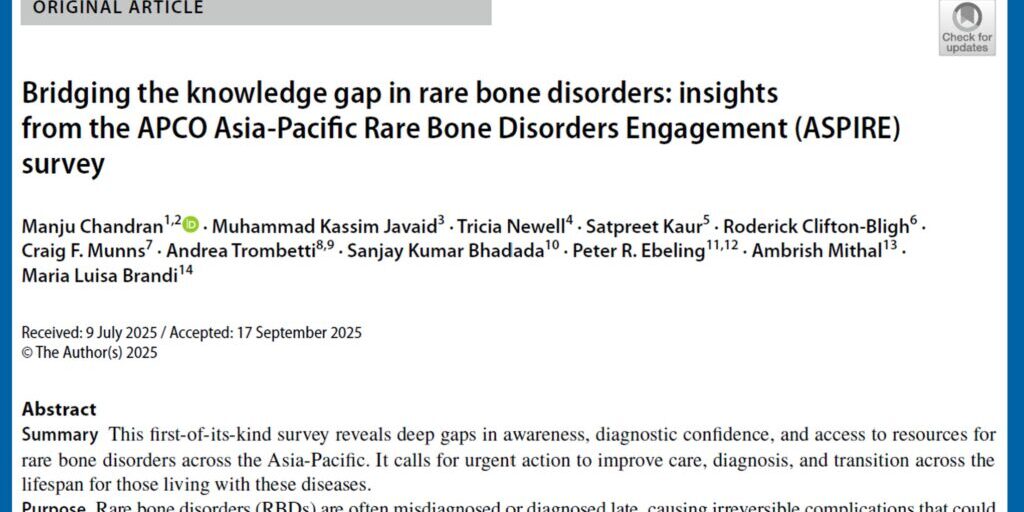Patients with Type 2 diabetes (T2D) have a higher fracture risk compared to those without diabetes, but the mechanism of increased bone fragility in T2D remains elusive. The validity of current diagnostic classification of osteoporosis based on T-scores, and fracture risk estimations based on fracture risk calculators such as the FRAX® tool, in diabetes is debated. Patients with T2D have higher BMD compared to people without the illness and FRAX® may underestimate the fracture risk in the former group. Higher BMD in T2D is especially seen in those with poor glycaemic control and at multiple skeletal sites indicating that the bone defect is due to a more generalized metabolic derangement than an abnormality confined to a particular skeletal region.
The discriminatory ability of the FRAX® tool to differentiate between women who will and will not have an osteoporotic fracture does not seem to improve with the inclusion of diabetes as an additional risk factor. Non-inclusion of BMD in FRAX calculations improves risk estimations in T2D. This suggests that the higher BMD seen in T2D is at least partly responsible for the under estimation of fracture risk in this disorder. The non-invasive index of bone microarchitecture-Trabecular Bone Score (TBS) captures the material properties of bone tissue better than BMD and the inclusion of TBS has shown to improve FRAX outputs in patients with diabetes. Evaluating the role of bone turnover markers in fracture risk estimations in diabetes is also an area of active research.
The long-term effects of some anti-diabetes medications on bone fragility are concerning. While metformin and incretin-based therapies are relatively safe, thiazolidinediones and some sodium-glucose cotransporter-2 inhibitors are associated with high fracture risk. Although they may interfere with bone metabolism differently, derangement of bone microarchitecture leading to high fracture risk is the common result. Insulin and sulphonylureas are considered safe but they carry a higher risk of hypoglycemia and falls which may potentially increase fracture risk.
The interactions between T2D, BMD and fracture risk are thus complex. The accuracy of the current fracture risk estimations tools in diabetes is still unclear. More studies are needed to clarify these interactions so that patients with T2D can be provided with better therapeutic options for optimization of their bone health.
Professor Sarath Lekamwasam, Sri Lanka on behalf of APCO.






